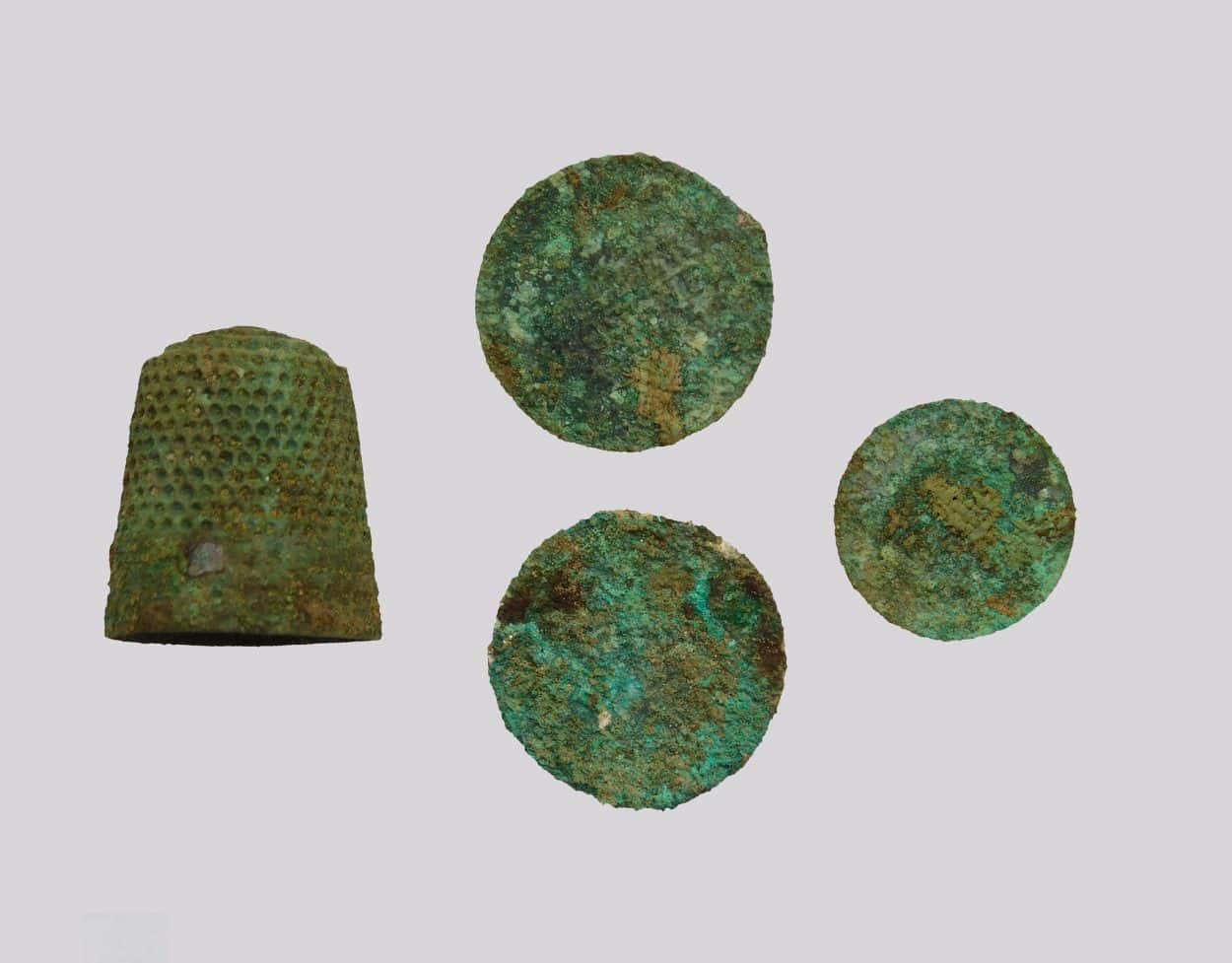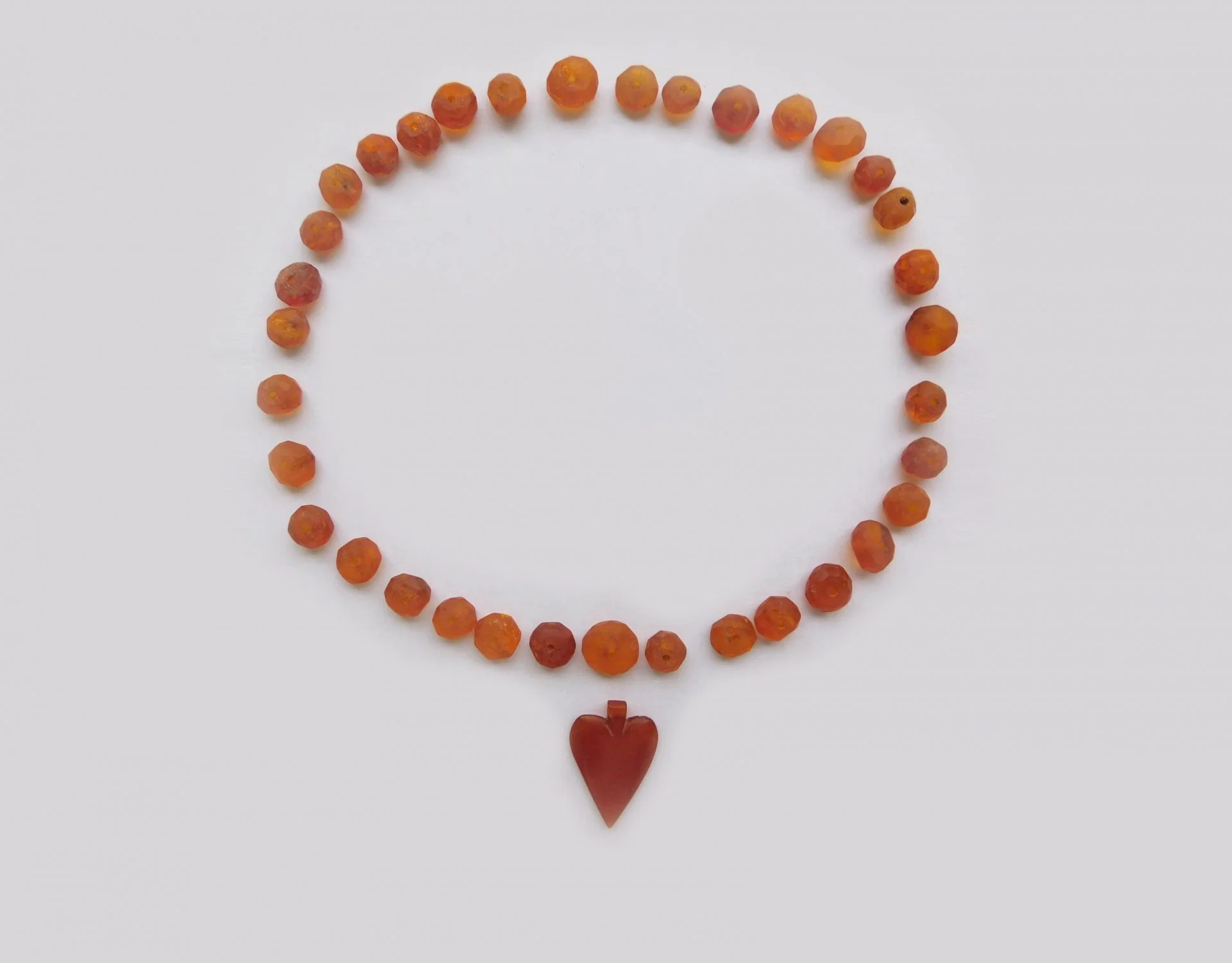Archaeological works conducted during the construction of the S61 Ełk Południe-Wysokie express way has discovered an ornate amber necklace.
The discovery was made during the exhumation of a cemetery, where archaeologists found numerous skeletons and bone fragments located in the village of Przykopka, in the Warmian-Masurian Voivodeship of Poland.
The researchers also found coins from the 18th and 19th century, along with clothing, jewellery, pins, buttons, hairpins, pottery, and animal remains.

The most notable find was an amber necklace made up of 35 individual hand polished beads, along with a heart-shaped amber pendant.
Appreciated for its colour, natural beauty, and ability to shape into complex shapes through polishing, Poland has one of the largest deposits of Baltic amber or succinate. Amber has been used for manufacturing jewellery since the prehistoric period, with the oldest example in Poland dating from a 6,000-year-old amber workshop in the city of Gdansk.
Karol Głębocki, spokesman of the General Directorate for National Roads and Motorways (GDDKiA) in Olsztyn said: “Historical objects are currently undergoing conservation, while human remains have been submitted for anthropological analysis”.
Header Image Credit : Sylwester Pilatowski







